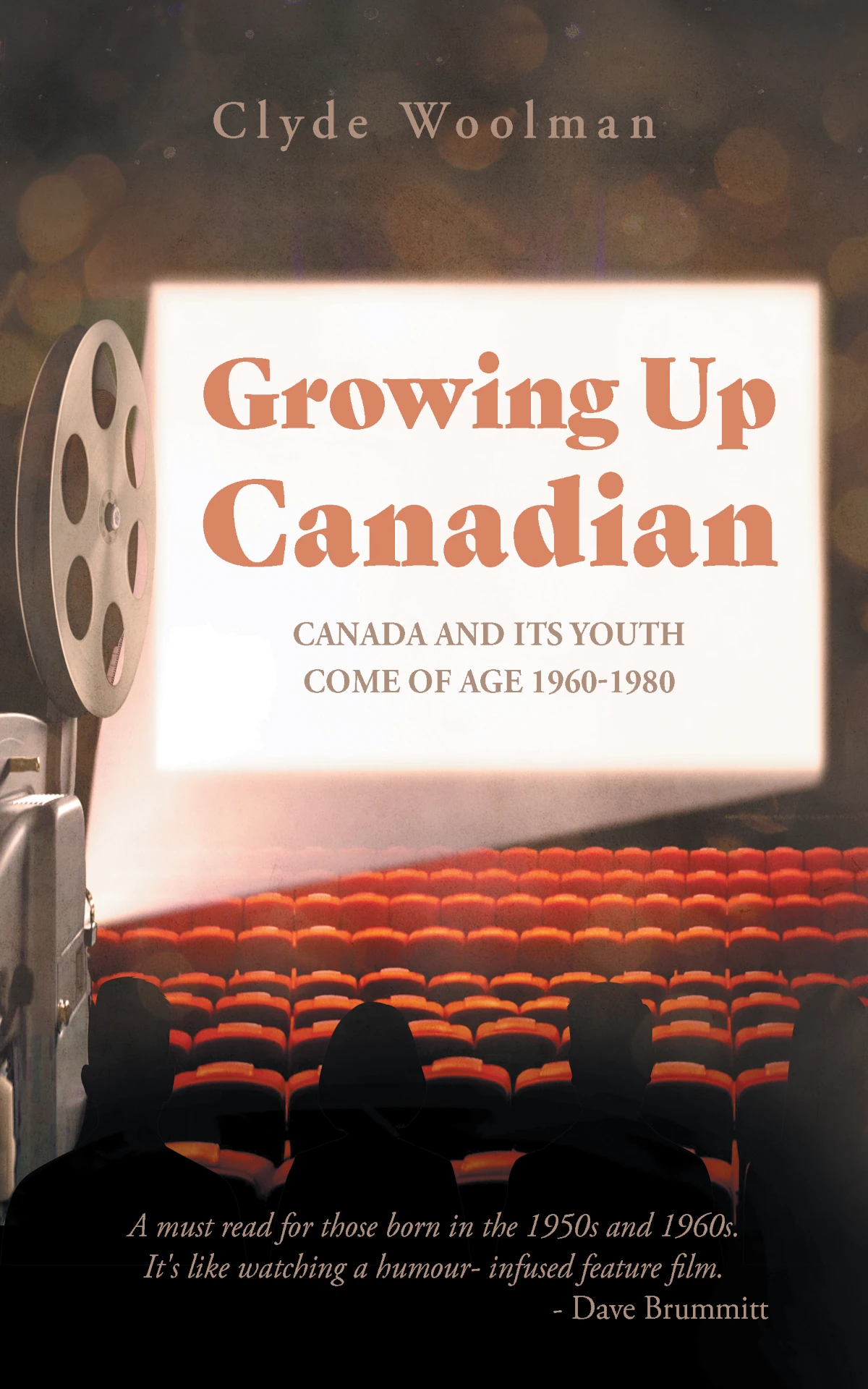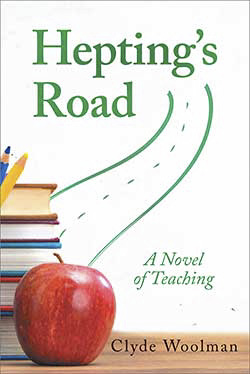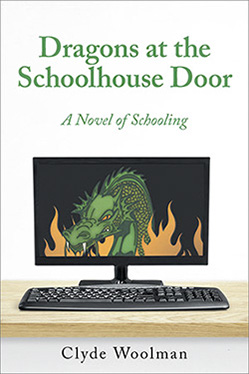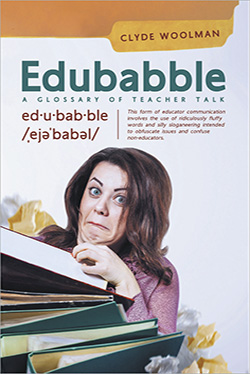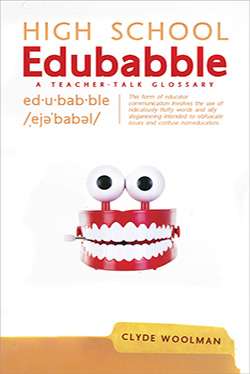Growing Up Canadian
Canada and its youth come of age 1960-1980
A Unique Format and a Wry Style:
There are ten chapters, each with 15 to 17 entries of four to eight paragraphs. These are listed alphabetically in each chapter and are also in general chronological order from the early 1960s to 1980. An index helps in locating a particular person or event. The ten chapters are:
1. An Electronic Hearth for the New Home (TV shows),
2. Beginnings of a Pop Music Parade (from Paul Anka to Charlebois to Anne Murray),
3. Challenges to the Status Quo (gay rights, campus unrest, feminism, protests and more),
4. Keeping Up with Being Cool (fads and fashion),
5. Making and Losing Money (some businesses and investments thrive, others decline),
6. On Stage and Screen (theatre and movies),
7. Quotes of Note (Maud Lewis, Lester Pearson, Phil Esposito, Buffy Sainte-Marie and many more, complete with background information),
8. So Much Northern Humour (comedy from Rich Little to the 1980 “hosers,” Bob and Doug Mackenzie),
9. Sports Stories (many more than just hockey players),
10. Trying Times with the Big Brash Neighbour (dealing with the United States).
Scroll down for more details.
To Purchase This Book Visit:
For print copies Friesen has very expensive shipping costs and please note that Amazon prices can vary quickly. Barnes and Noble can be more reasonably priced though the quotes may be in U.S. currency.
More About Growing Up Canadian: Canada and its youth come of age 1960-1980
Questions answered about Growing Up Canadian:
What was your favourite chapter or entry?
There were no favourite entries or chapters. There were individual stories that brought back vivid memories: the October Crisis outlined in Chapter 3, the musical theatre productions named in Chapter 6, and the Phil Esposito interview referred to in Chapter 7. Some entries were especially interesting since the author had little or no initial knowledge—the Denny of the Mugwamps piece in Chapter 2 and the George Klippert entry in Chapter 3 (A Gay Man Pays a High Price) being two. The origins of McCain Foods and the explosion of Wonderbra sales described in Chapter 6, as well as the Johnny Bright saga (Bright Days for a Black Athlete) in Chapter 10 also come to mind as being in the revelation category.
The Keeping Up with Being Cool chapter has several entries with a strong personal attachment. Like most young people of the day, the author wanted to appear to be at least somewhat cool (with little success). The Bags for Marbles and Real Booze for an Adult Date entries are two examples that reflect personal experience. So too was the entry on Seeking Style in the Basement. As for the entry in that chapter on polyester clothing (Wrinkle-free Duds), a few such shirts covered the body in the late 1970s. Overseas jaunts included Istanbul, but not Kathmandu (Overland Trail). And while no disco records were purchased, the Bump was attempted at various late 1970s weddings, mercifully without any grinding.
Why are the terms 60–80 era and coming of age used instead of the popular term, boomer?
There is an unfortunate tendency to equate boomers solely with the “Woodstock Generation.” Yet, the counterculture lasted at best five years, from 1967 to 1972. Late boomers born in 1963 were young children when Woodstock occurred. Those born in 1946 were in their early twenties and many were working full-time jobs (reality check—most youths entered the work force soon after high school). The 60–80 era is a much more inclusive term for the full twenty years, capturing the Beat Generation of the early 1960s to the disco and polyester period of the late 1970s. It can also include topics not normally associated with boomer lore—Indigenous issues and business stories to name two.
What was the biggest surprise when researching the book?
Being as influenced by American culture as much as the next person, there was a concern that there would not be enough Canadian material to complete a manuscript of sufficient length. Surprisingly, there were more than enough engaging stories. Canada and Canadians were far more interesting in the 60–80 era than given credit for. Some readers may wonder why this person or that event was not mentioned. There may even be a suggestion that those missing topics be included in a sequel. This is the equivalent of nirvana to a writer who is always looking at the next project. A Growing Up Canadian II is already in draft form.
How would you classify Growing Up Canadian?
Hmm, that is a tough question. Though every effort has been made to ensure the information is correct, Growing Up Canadian is non-fiction story-telling and nowhere near an academic work (hence the lack of formal references). It is part popular history, part satirical humour, part pop-culture, part social commentary; and possibly a few other parts as well. Thus,, the book defies a pure classification.
The Praise:
A witty, informative, and entertaining read that will bring back memories and put a smile on your face.
– Tiberio and Sandi Reis
Clyde Woolman hits it out of the park with this compilation of popular Canadian culture. This is a perfect read to share with friends and family.
– Maryanne Mackinnon
Other Books
Hepting’s Road
Steve Hepting is a man to be admired. From an impoverished background he achieves financial success as a turn-of-the-millennium stock broker, only to implode financially and romantically in the tech-stock bust of 2001-02. He turns to teaching, initially seeing the job as “too much work for too little pay.”
Dragons at the Schoolhouse Door
Steve Hepting often wonders why he left the classroom for the principal’s office. At least his nemesis, Superintendent Jennifer Capelli, is more interested in a secret scheme to transform what she believes to be a moribund education system.
Edubabble
Education is so littered with lingo and jargon and so filled with non-sensical acronyms, it is a wonder anyone can cut through the obfuscation. The relentless drive for higher piles of edubabble is such a fascinating trend that it made for an appropriate title for this glossary containing 400 quick-read entries.
High School Edubabble
A humour-filled satirical work such as this must include the impact of technology on teachers and students. Unlike previous generations, today’s teachers face tech-addled youths who are drowning in a churning sea of information, much of it of dubious quality.
Contact the Author
clydewoolman@gmail.com

